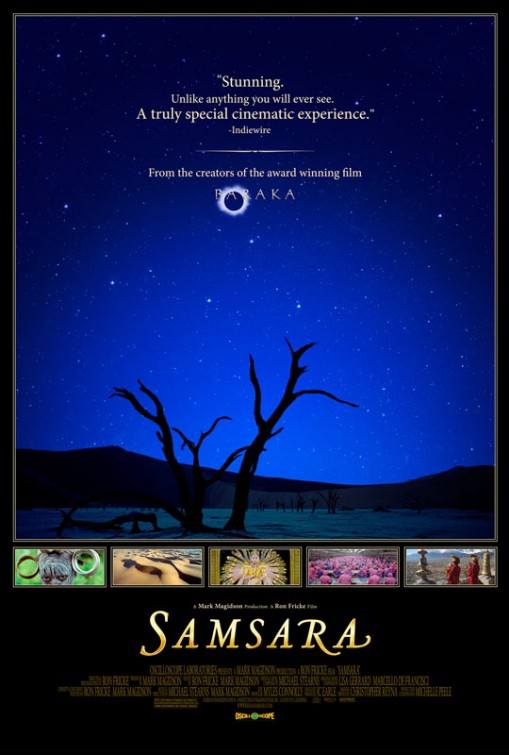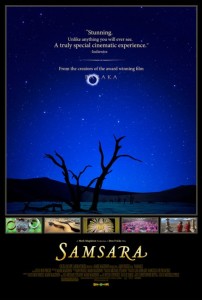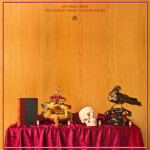A Picture speaks a thousand words, or so goes the old adage. Never is this truer than in in Ron Fricke’s latest documentary, Samsara.
A semi sequel to his own, Baraka (1992), Fricke continues to explore this world, with its many cultures and multi-faceted beauty, through the medium of film.
Made over a period of five years and narrated only by the scores of Lisa Gerrard and Mercello De Francisci (respectively), Samsara is a soulful, moving and sometimes haunting film that takes in countless landscapes, peoples, cultures, religions and routines, in some twenty-five countries.
Fricke and his editor, Mark Magidson have composed and chosen each shot of this meditation on life and death with painstaking detail. Shot on 70mm film and intended to be screened using the very latest 4k projectors it has been conceived to show the true beauty and devastation of this world (the word Samsara is Sanskrit for ‘ the continuous cycle’) and it does so with aplomb.
Occasionally this is to it’s detriment as some juxtapositions seem obvious – a river followed by a desert – and some feel staged all together – a Geisha sheds a single tear as she stares into the heart of the camera, but overall the effect of the film is quite astounding in its composition. This is a film that exists to be interpreted by the audience and, whilst the author of this film is clearly present,
the interpretation of each image; each cut and all meaning lays with the audience through the long-running Kuleshov effect.
For some this may be too pretentious – Terrance Malick without the
consciousness or A-list talent – but there is an honesty that exists within this film where passing moments, even those we may take for granted, highlight an innocence to our existence.
For this audience member, the film outstays it’s welcome by a good ten minutes and is perhaps too critical of modern, industrialised societies; ignoring the beauty of design that comes from something like The Golden Gate Bridge or the Empire State Building, and instead settling for workers on a factory line in china or the mechanisation of our food industry.
Ultimately though, these are prevalent to our existence and are certainly examples, albeit obvious ones, of a continuous cycle. Whilst they may seem heavy-handed, the filmmakers have probably had to account for the rise of Internet culture and, having shot this over such a long period, some of this amazing footage being spoiled by Berners Lee (a choreographed dance sequence by thousands of Filipino prisoners being most notable).
What this film does, utilising both time, technology and the best format possible, 70mm Film, is deliver this meditation in the most beautiful way. This is a visually arresting film and would do well to play as a double bill with the upcoming documentary concerning the Film vs. Digital debate, Side by Side (Christopher Kenneally, 2012) or Paul Thomas Anderson’s, The Master (also shot in 70mm).





